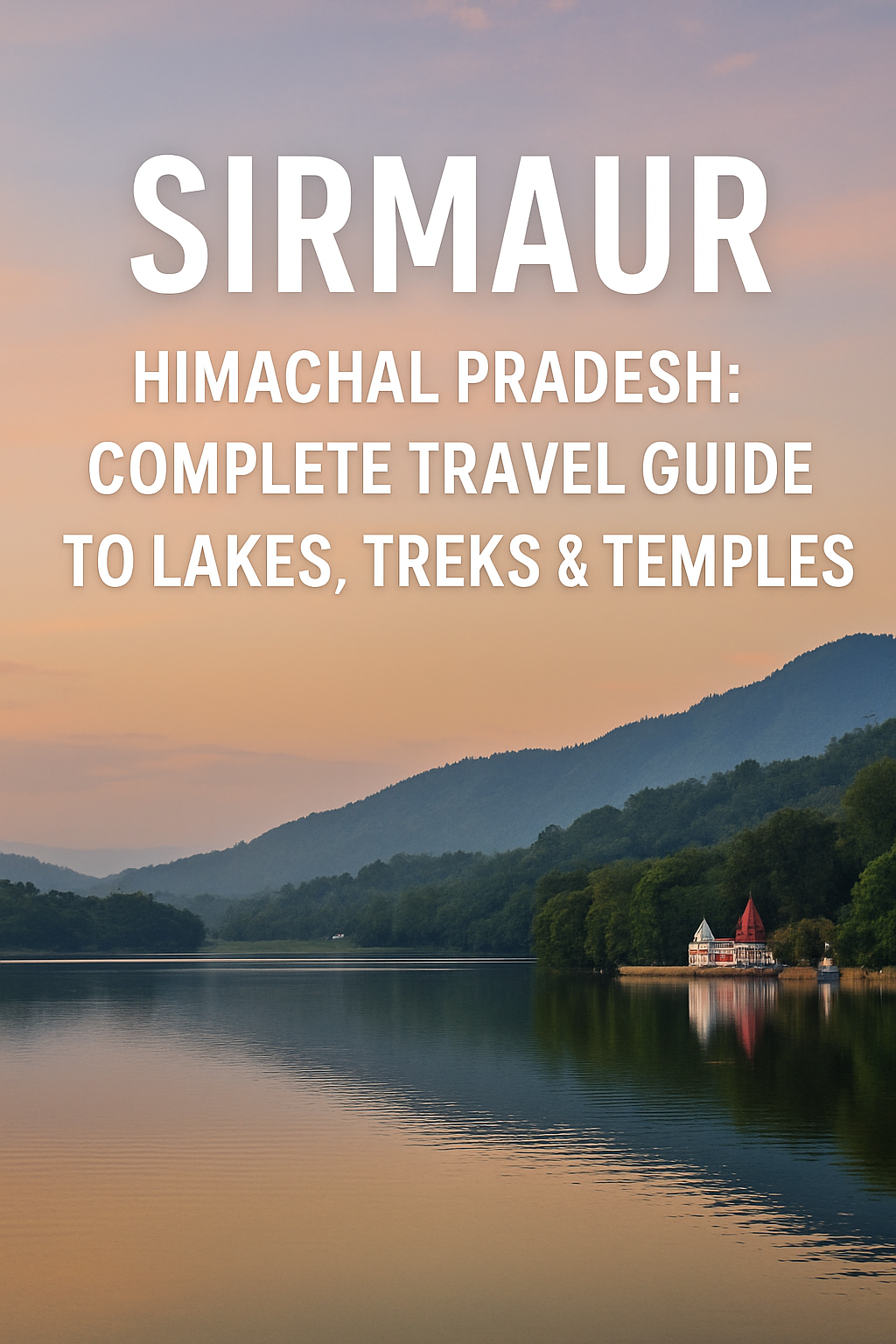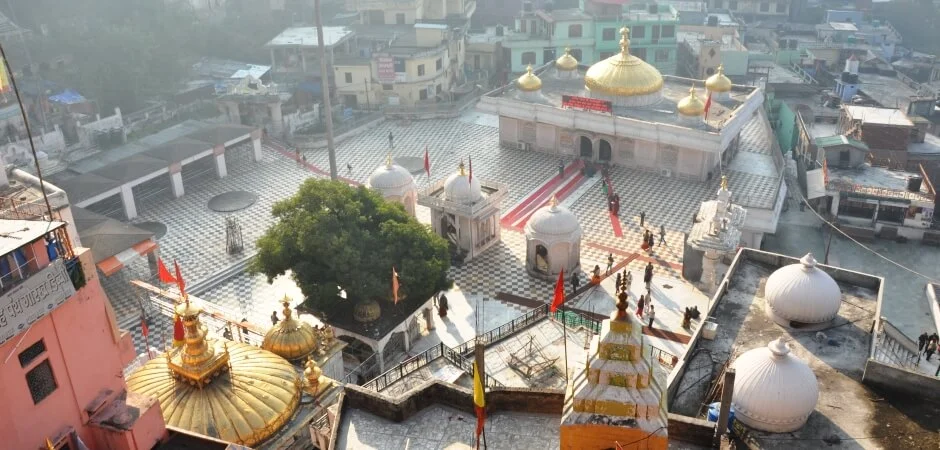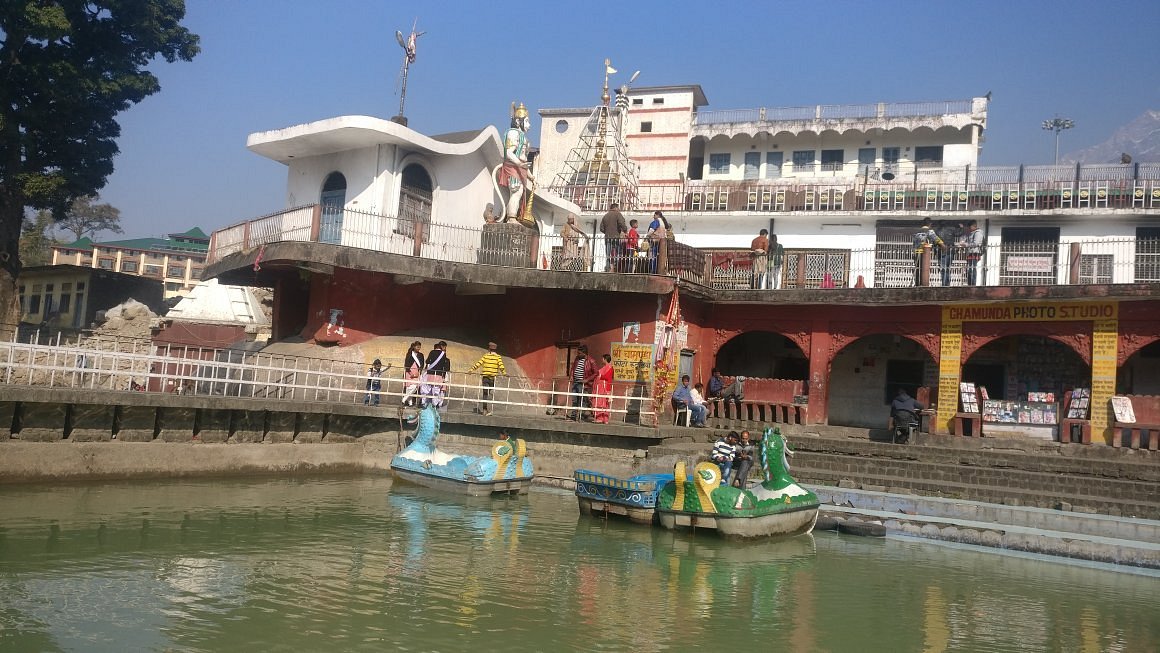Sirmaur – Overview & Geography
Sirmaur, also spelled Sirmour, is the southernmost district of Himachal Pradesh—nestled in the outer Himalayas, specifically the Shivalik range. It spans an area of 2,825 sq. km and consists largely of rural, mountainous terrain—about 90% of its population lives in villages. The district is bordered by Shimla to the north, Uttarakhand to the east, Haryana to the south, and Solan to the northwest. The Giri River flows through Sirmaur, dividing it into two almost equal regions: Giribhar and Giriaar, shaping both its landscape and its cultural demarcations.
Major towns include Nahan (the district headquarters), Paonta Sahib, Rajgarh, and Shillai. The district comprises seven tehsils and nearly 1,000 villages, making it both vast and diverse in its demographic and ecological makeup.
Rich Natural Wonders
Mountains, Forests & Waterfalls
Sirmaur is renowned for stunning valleys, lush orchards, dense forests, and crystal-clear waterfalls, offering a serene escape for nature lovers. The Churdhar Peak, rising to an impressive 11,965 feet, is the highest summit in southern Himachal Pradesh and provides panoramic views of the Himalayas.
Nahan Valley stands out for its picturesque landscape with expansive terraces and blooming orchards. The entire region’s mild, tropical-cool climate—with yearly temperatures ranging from 0°C to 25°C—makes it a pleasant destination almost year-round.
Lakes & Wildlife
Renuka Ji Lake: The largest natural lake in Himachal Pradesh, enveloped by forested hills and the Renuka Wildlife Sanctuary. It’s a sanctuary for migratory birds and a center for watersports like kayaking, canoeing, and boating.
Simbalbara National Park: Known for rich biodiversity and prime wildlife photography opportunities, it shelters rare birds, mammals, and reptiles.
Shivalik Fossil Park: Located in Suketi, this unique park showcases fossils over 85 million years old, making it a prime site for archaeological and paleontological interest.
Adventure Activities
Sirmaur is a paradise for adventure seekers:
- Trekking and Hiking: The Churdhar trek is the ultimate challenge, offering rewarding vistas.
- Wildlife Photography: The woodlands and parks provide spectacular settings for spotting endemic wildlife.
- Watersports & Boating: Enjoy boating, kayaking, and canoeing at Renuka Lake and participate in river rafting and paragliding in other areas.
- Canyoning, Mountain Biking & Ice Climbing: The varied geography supports multiple adventure sports, each attracting a different set of enthusiasts.
Historical and Cultural Heritage
Ancient Temples & Spiritual Sites
Sirmaur has a deeply spiritual ethos, reflected in its ancient temples and spiritual landmarks:
- Paonta Sahib Gurudwara: An important Sikh pilgrimage site on the banks of the Yamuna.
- Trilokpur Temple: Carved into a natural cave, dedicated to Goddess Bala Sundari, famous for its spiritual ambience.
- Nahan Fort & Bhagani Temple: Testament to the region’s Rajput legacy, these sites combine historic architecture with deep-rooted spirituality.
Rajput Legacy & Fortresses
Sirmaur was historically ruled by Rajput dynasties, evident in the grand forts and palaces that dot the landscape—especially in and around Nahan. Many of these structures contain walls that still echo the stories and grandeur of their regal past.
Festivals & Folk Traditions
The people of Sirmaur celebrate their vibrant folk heritage through festivals and age-old traditions:
- Renuka Fair: Held annually near Renuka Ji Lake, celebrating mythological ties and featuring traditional music, dance, and markets.
- Bawan Dawadashi Fair: Unique for assembling over fifty deities’ idols for communal worship and festivities in Nahan.
- Local Dances, Songs & Rituals: Each corner of Sirmaur maintains its own musical and dance traditions, preserving communal stories and beliefs.
Sirmaur is also known as Dev Bhoomi—the \”land of the gods\”—with each village maintaining temples and shrines to local deities, reinforcing the district’s spiritual character.
Handicrafts & Local Markets
Sirmaur boasts vibrant markets known for:
- Hand-carved woodwork and furniture
- Traditional Himachali shawls and caps
- Brass and copper utensils
- Chamba Rumal embroidery and local stone craft
These products reflect the local craftsmanship, sustaining family traditions and providing authentic mementos for travelers.
Climate & Best Time to Visit
Climate: Mild and tropical-cool, with a median temperature of 0–25°C throughout the year; the region receives about 3,500 mm of annual rainfall, making monsoon months especially lush.
Best Time: March-May (spring/summer) and September-November (autumn/festival season) for hiking, sightseeing, and festival visits.
Culinary Delights
Sirmaur’s cuisine is a tantalizing blend of traditional Himachali flavors, using local produce and spices such as cardamom, cinnamon, and cloves. Every festival brings with it special dishes and sweets that reflect the region’s unique culinary heritage.
How to Reach & Practical Info
Major access points: Nahan is a key gateway; Paonta Sahib and Rajgarh are also popular stops.
Transport: Well-connected by road to Chandigarh, Dehradun, and Shimla.
Accommodations: Options range from heritage hotels to homestays and basic guest houses.
Timeline & Demographics
Population (2011): 529,855 (about half men, half women, primarily Hindi-speaking)
Villages: ~976, with most being inhabited
Sources
All information in this article is compiled from leading and authoritative references, including the official Government of Sirmaur portal, Wikipedia, Indian Panorama city guide, Times of India Travel, TravelThrive Hub, TRISOJ.com, and TourTravelWorld.
For the most up-to-date details, refer to official tourism pages and local government resources, ensuring an authentic, reliable, and memorable journey to Himachal Pradesh’s most enchanting district.





